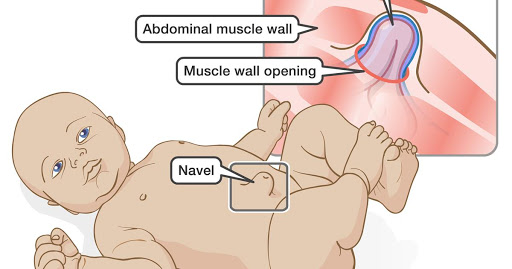Search This Blog
The blog aims to educate and knowledge sharing portal on pediatrics and the miscellaneous disease.
Featured
- Get link
- X
- Other Apps
Umbilical Hernias in newborns
Causes
While you are pregnant, the umbilical cord is connected to your baby's abdominal muscle through a small hole. This usually closes up after the baby's born. When it does not, the gap that is left is called an umbilical hernia. If intestine and fluid poke through it, they cause the belly to bulge or swell.
Forget what you may have heard: The way the doctor cuts or clamps the cord when your child is born does not affect whether an umbilical hernia will form or not.
It is less common, but adults can also get umbilical hernias. Adult umbilical hernias often happen when abdominal pressure goes up. You might have this because of:
- Chronic cough
- Extra belly fluid
- Problems urinating because of a large prostate
- Constipation
- Obesity
- Staining in childbirth or weightlifting
Symptoms
You will be able to see the hernia most clearly when your child cries, coughs, or stains while trying to poop. That is because all of these things put pressure on the abdomen. When your child rests, you might not able to see the hernia. Usually, they don't hurt.
You will want to keep a close eye on your child's hernia for signs that the intestine has been trapped in the hole and can't go back. Doctors call this an incarcerated hernia. Symptoms include:
- Pain around the bellybutton area
- Swelling in the area
- Discoloration of the bellybutton area
- Vomiting
Popular Posts
Overview and symptoms of Turner syndrome
- Get link
- X
- Other Apps
Diagnosis and treatment of Umbilical Hernia
- Get link
- X
- Other Apps



Comments
Post a Comment